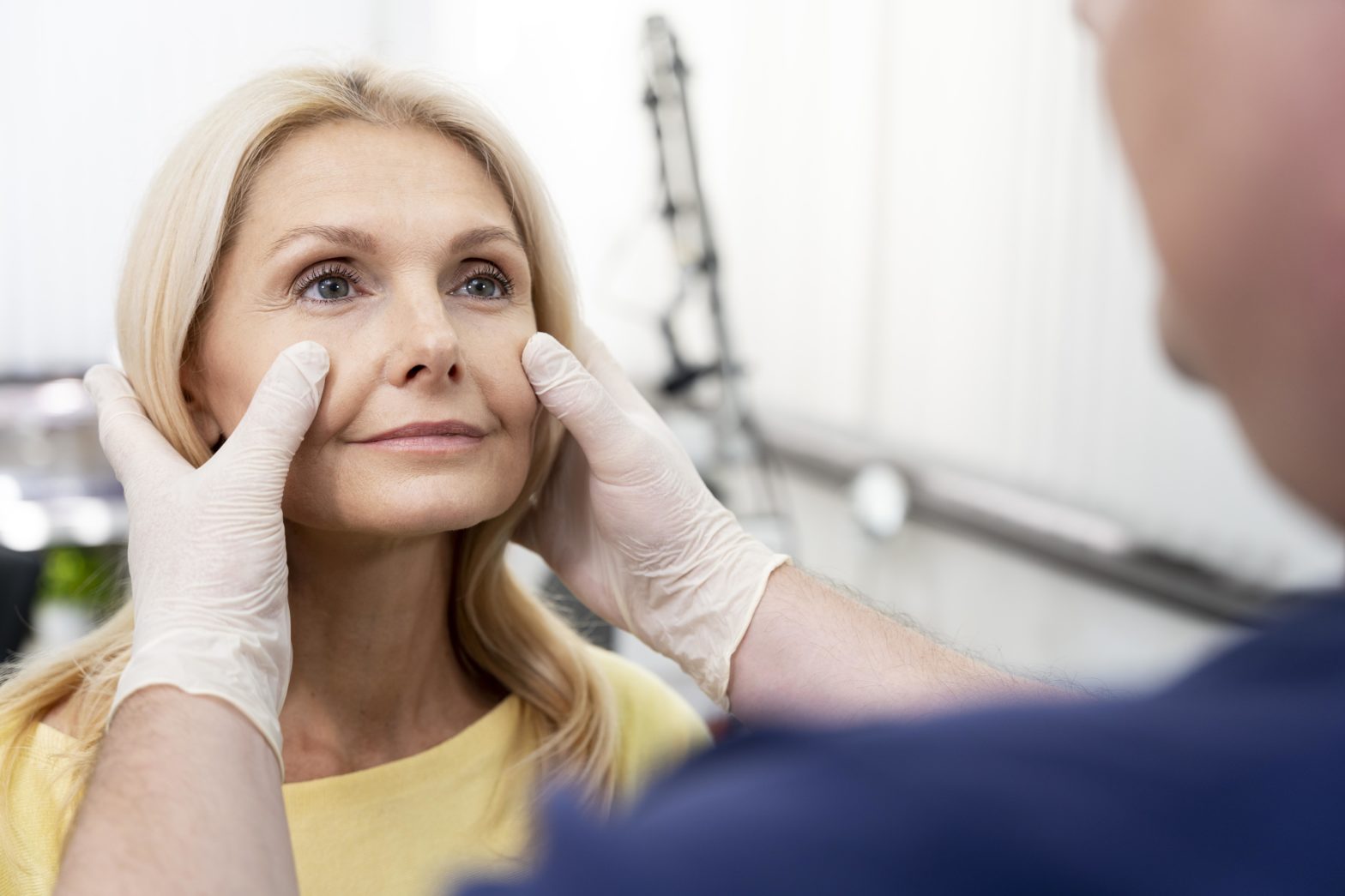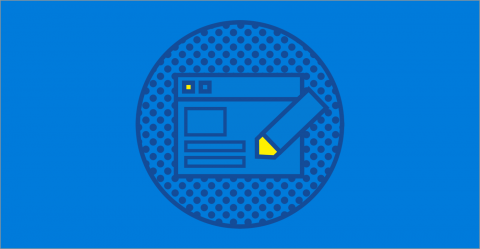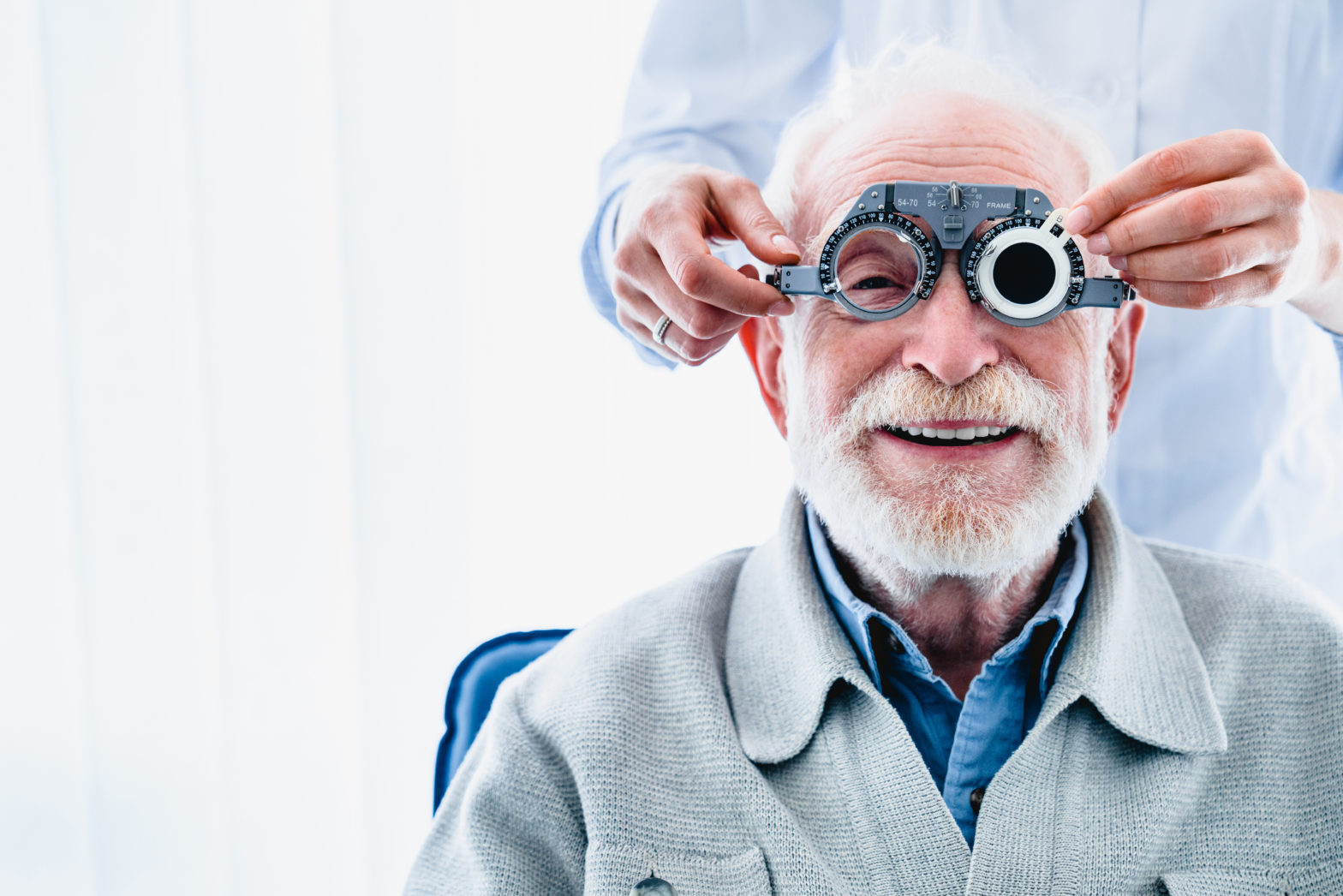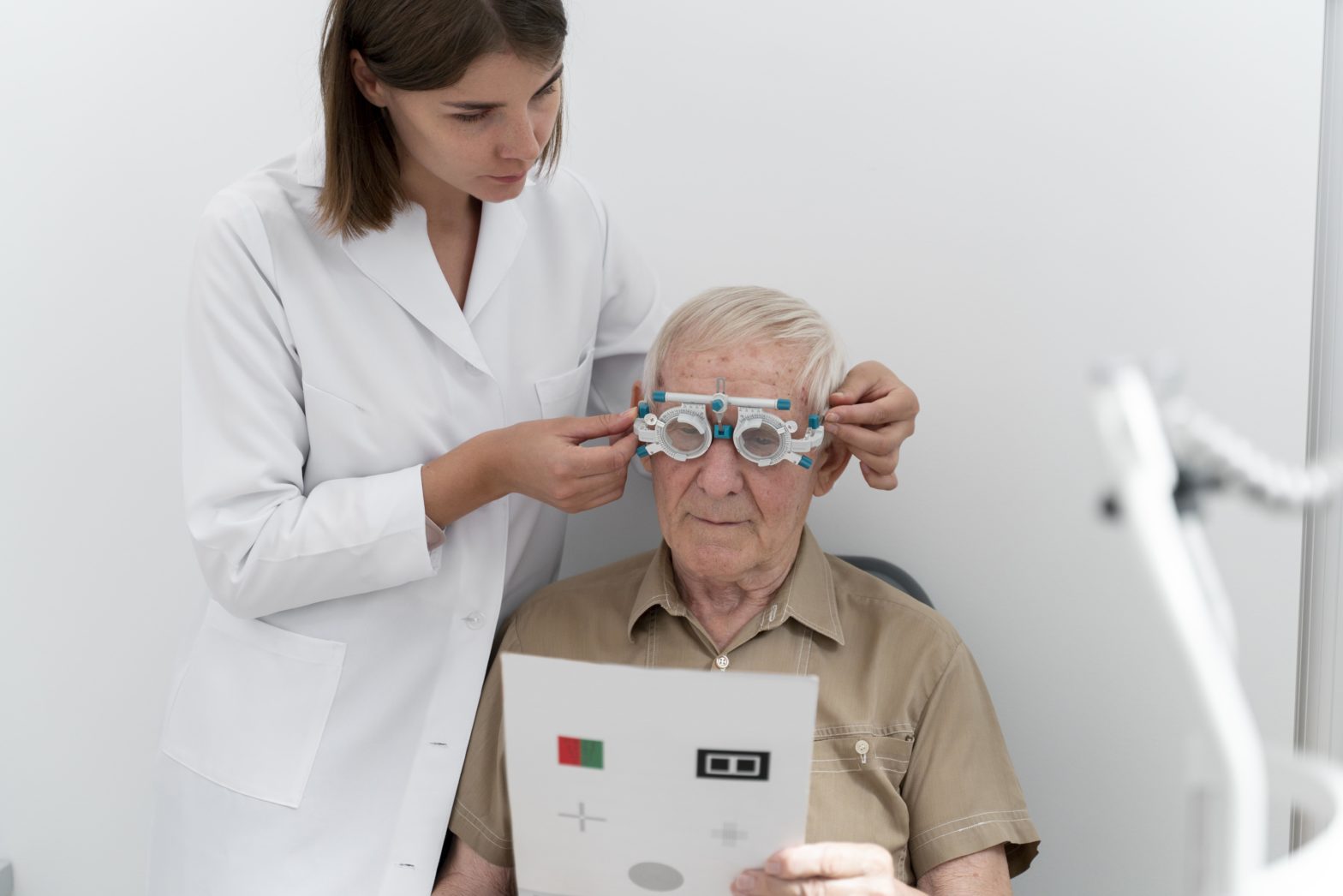Taking care of your eyes is as important as maintaining the health of any other part of your body. Unfortunately, many people overlook regular eye exams, often assuming that they only need to see an eye doctor if they have a problem with their vision. However, regular eye exams play a crucial role in preserving not only your vision but also your overall health. This blog will explore the benefits of regular eye exams and provide insights into what you can expect during your visit to the optometrist or ophthalmologist.
Why Regular Eye Exams Are Important
1. Early Detection of Vision Problems
One of the most significant benefits of regular eye exams is that they allow for the early detection of vision problems. Many eye conditions, such as glaucoma, cataracts, and macular degeneration, may not show noticeable symptoms in their early stages. By the time you realize there’s a problem with your vision, it might already be too late to reverse the damage. Regular eye exams can help detect these issues before they progress, allowing for timely treatment that could prevent vision loss or further deterioration.
2. Correcting Refractive Errors
Many people live with uncorrected refractive errors like nearsightedness (myopia), farsightedness (hyperopia), astigmatism, or presbyopia without realizing it. These conditions can affect daily activities such as reading, driving, or using digital devices. An eye exam can detect even minor refractive errors, ensuring you receive the appropriate prescription for glasses or contact lenses, improving your quality of life significantly.
3. Detecting Systemic Health Issues
Eye exams are not just about your vision—they can also reveal broader health issues. The eyes are unique in that they provide a clear view of the blood vessels, nerves, and tissues. During an eye exam, your doctor might detect signs of high blood pressure, diabetes, or even certain cancers. Early detection of these health problems can lead to quicker treatment and better outcomes.
4. Monitoring Changes in Vision
As you age, your vision naturally changes. Regular eye exams allow your eye doctor to monitor these changes and adjust your prescription or treatment plan accordingly. This is especially important for individuals over the age of 40 when conditions like presbyopia (age-related difficulty in focusing on close objects) become more common. By regularly visiting your नेत्र चिकित्सक, you can ensure that your vision remains sharp and that you’re using the correct prescription lenses or other necessary treatments.
5. Preventing Eye Strain and Fatigue
With the increasing use of digital screens for work, study, and entertainment, many people experience eye strain or fatigue, also known as computer vision syndrome. Regular eye exams can help identify whether your discomfort is caused by improper vision correction or if you need special lenses designed to reduce blue light exposure from screens. Eye doctors can also provide advice on healthy screen habits and recommend exercises to reduce strain.
What to Expect During a Routine Eye Exam
Now that we understand the importance of regular eye exams, let’s take a look at what typically happens during a routine visit. The process is simple, painless, and can vary slightly depending on your age, health, and specific concerns.
1. Medical History and Vision Concerns
The first step of an eye exam usually involves discussing your medical history and any specific concerns you have about your vision. Your eye doctor will ask you about past eye conditions, any family history of eye disease, your overall health, and whether you’re experiencing any symptoms like blurry vision, eye pain, or difficulty seeing at night. If you wear glasses or contact lenses, they’ll want to know about your current prescription.
2. Visual Acuity Test
One of the most common tests during an eye exam is the visual acuity test, where you’ll be asked to read letters on a chart. This test measures how well you can see at various distances and helps determine if you need corrective lenses. The familiar “Snellen chart” with rows of decreasingly smaller letters is commonly used for this purpose.
3. Refraction Test
If your visual acuity test shows that you may need corrective lenses, a refraction test will be performed. During this test, the doctor uses a phoropter (the device with different lenses that you look through) to determine the best prescription for your vision. You’ll be asked to look at a chart and say which lenses make the image clearer or blurrier.
4. Eye Muscle Test
To ensure that your eye muscles are working properly, your doctor may conduct an eye muscle test. This involves watching your eye movements as you follow a moving object, like a penlight or small target. The doctor will look for any weakness, poor coordination, or difficulty in moving your eyes in certain directions.
5. Pupil Dilation
In some cases, the doctor may want to dilate your pupils to get a better view of the inside of your eye. This is done by putting special eye drops in your eyes to temporarily enlarge your pupils. Once your pupils are dilated, the doctor can examine your retina, optic nerve, and blood vessels more thoroughly to check for signs of eye disease or other health issues. It’s important to note that dilation can cause light sensitivity and blurry vision for a few hours, so it’s recommended to bring sunglasses and avoid driving after the exam.
6. Tonometry Test for Glaucoma
ग्लूकोमा (Glaucoma) is an eye condition caused by increased pressure inside the eye, which can damage the optic nerve and lead to vision loss if left untreated. A tonometry test measures the pressure inside your eyes (intraocular pressure). The most common type of tonometry test involves a quick puff of air directed at your eye, but there are also other methods that may involve lightly touching your eye with a special instrument.
7. Slit-Lamp Examination
A slit-lamp examination allows your eye doctor to see the structures of your eye in greater detail. The slit lamp is a microscope with a bright light that helps the doctor examine the front part of your eye (cornea, iris, and lens) as well as the inside of your eye, including the retina and optic nerve. This test helps detect conditions such as cataracts, macular degeneration, and corneal injuries.
8. Discussion of Results and Recommendations
Once your eye exam is complete, your doctor will discuss the results with you. If any vision issues or health concerns were detected, they will recommend a course of action, which may include glasses, contact lenses, eye drops, or further testing. If no significant issues were found, they’ll usually advise you on when to schedule your next exam based on your age, overall health, and risk factors for eye diseases.
How Often Should You Get an Eye Exam?
The frequency of eye exams depends on several factors, including your age, vision, and risk for eye diseases. Here’s a general guideline:
- Children (6 months to 18 years): Regular eye exams should start early, with the first one around 6 months old, again before starting school, and then every 1 to 2 years.
- Adults (18 to 40 years): For those with no vision problems, an eye exam every 2 years is recommended. If you wear glasses or contact lenses, yearly exams are best.
- Adults (40 to 60 years): Around age 40, eye exams should become more frequent—every 1 to 2 years—as the risk for age-related conditions like presbyopia and glaucoma increases.
- Seniors (60 and older): Annual eye exams are crucial for seniors to detect cataracts, macular degeneration, and other age-related issues early on.
People with certain risk factors, such as a family history of eye disease, diabetes, or high blood pressure, may need more frequent exams. Your eye doctor can recommend a schedule tailored to your specific needs.
Regular eye exams are essential for maintaining good vision and overall health. They help detect vision problems early, correct refractive errors, monitor changes in your vision, and even reveal underlying health conditions. By staying proactive and scheduling regular visits with your eye doctor, you can ensure that your eyes remain healthy and your vision stays sharp for years to come. Remember, your eyes are windows to the world—taking care of them should be a priority for everyone.









